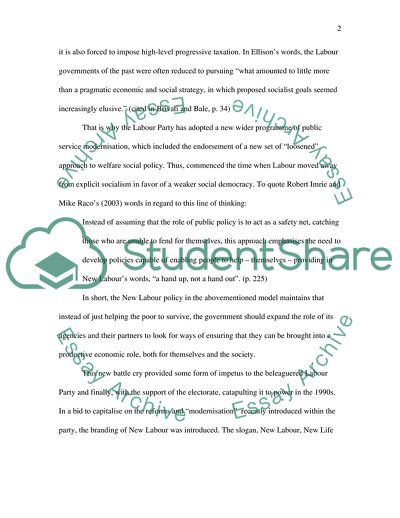Cite this document
(New Labour's Approach to Social Policy Coursework, n.d.)
New Labour's Approach to Social Policy Coursework. https://studentshare.org/politics/1709817-critically-evaluate-new-labours-approach-to-social-policy
New Labour's Approach to Social Policy Coursework. https://studentshare.org/politics/1709817-critically-evaluate-new-labours-approach-to-social-policy
(New Labour'S Approach to Social Policy Coursework)
New Labour'S Approach to Social Policy Coursework. https://studentshare.org/politics/1709817-critically-evaluate-new-labours-approach-to-social-policy.
New Labour'S Approach to Social Policy Coursework. https://studentshare.org/politics/1709817-critically-evaluate-new-labours-approach-to-social-policy.
“New Labour'S Approach to Social Policy Coursework”. https://studentshare.org/politics/1709817-critically-evaluate-new-labours-approach-to-social-policy.


